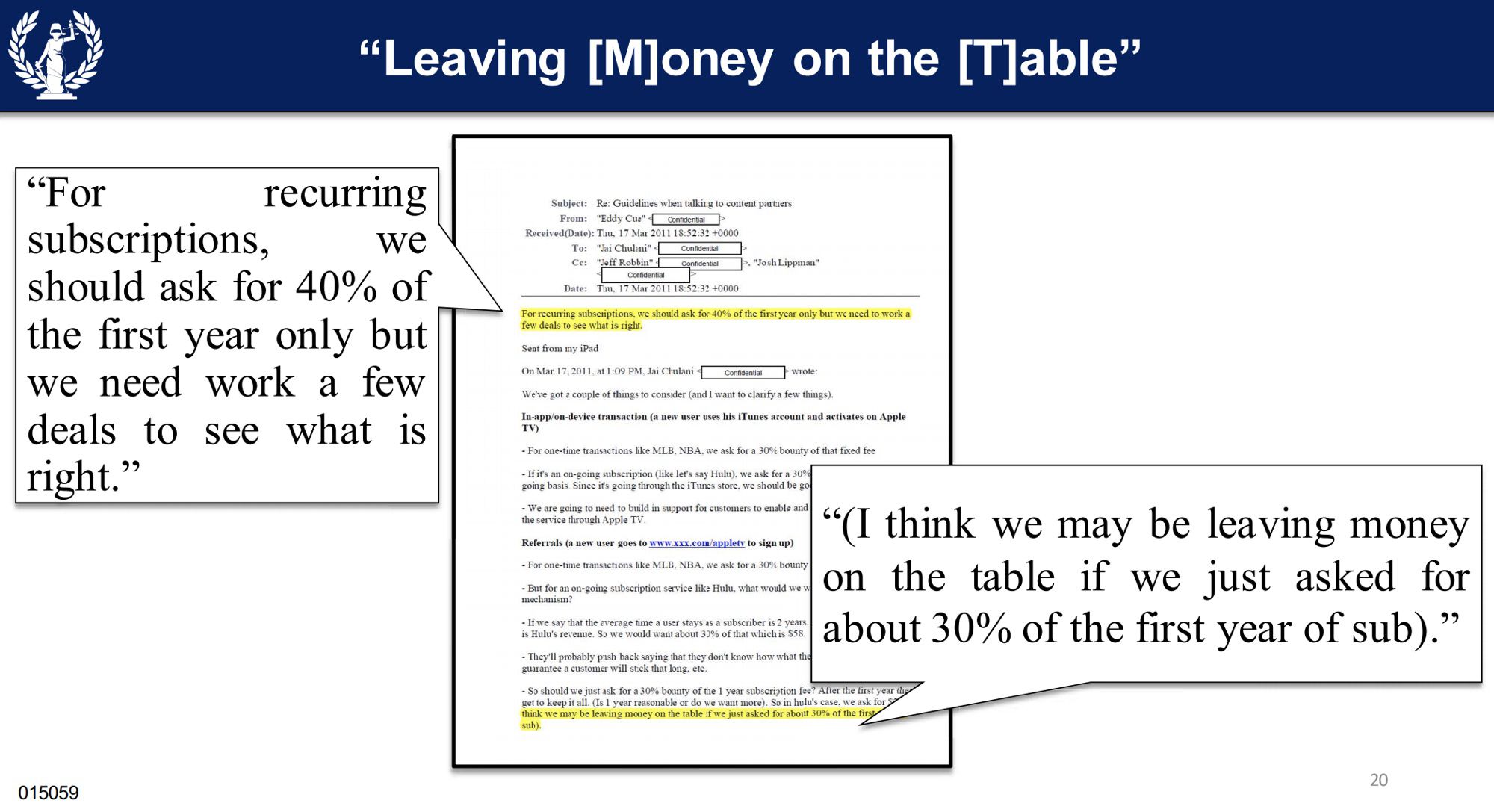Probably dreaming on that.
Apple once considered taking a 40 percent cut from some subscription apps, according to documents shared today by the House Judiciary Committee (via...

www.macrumors.com
Any CPU package bill of materials (BOM) cost reduction Apple will likely shuffle either into some other component of higher BOM or just pocket it. So perhaps larger SSD capacity (at same Apple $400/TB rate) , micro-LED screens , etc.
At the higher end of the Mac product line up the volume of Macs is low enough that there my not be a drop in BOM costs for the CPU packages. A-series are cheaper in part because Apple selling 10's of millions per year of them. 27" iMac , iMac Pro , Mac Pro are probably 2 , if not 3 , orders of magnitude lower in volume. That isn't going to reduce BOM costs at all (fixed costs up and volume cost spread over much smaller number of units ).
Same thing on the iPhones when Apple drops Qualcomm later. Probably going to cost just as much.



